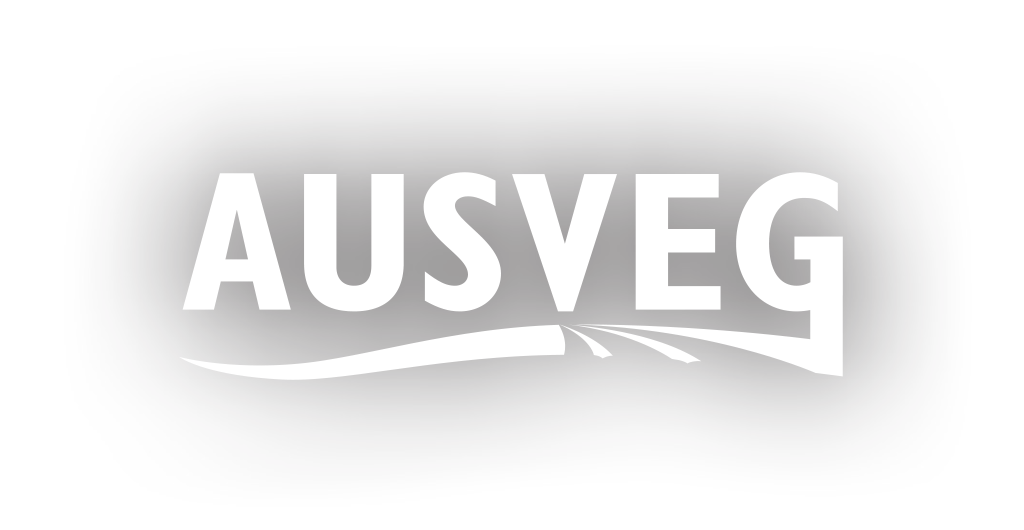Horticulture New Zealand CEO publicly admits to importing vegetables from China and sending on to Australia.
14 March 2013
An admission by the New Zealand Horticulture industry’s Chief Executive has confirmed once again that the New Zealand processed vegetable industry is importing vegetables from China, repackaging them in New Zealand and sending them to Australia as, ‘Made in New Zealand from local and imported ingredients’.
In a recent media release Hort NZ Chief Executive Mr Peter Silcock conceded that New Zealand receives vegetables from China, freezes them and sends them to Australia.
“These sorts of practices are designed to mislead consumers about the origin of their food. If they see that something is a ‘product of New Zealand’ they would expect that it has been grown there, not sent from China to get a sprinkling of New Zealand product before being sent to Australia”, said AUSVEG Chief Executive Officer, Mr Richard Mulcahy.
AUSVEG is the National Peak Industry Body representing Australia’s 9,000 Vegetable and Potato growers.
The Horticulture New Zealand release claims that there is no difference between ‘Made in Australia from local and imported ingredients’ and Made in New Zealand from local and imported ingredients.
“The deciding difference is that China has a Free Trade Agreement with New Zealand and that these practices are now such commonplace they are being endorsed to by the New Zealand Horticulture Industry,” said Mr Mulcahy.
AUSVEG has been campaigning for more stringent Country of Origin Labelling laws so that these sorts of loopholes are not possible.
“It’s unfair that the goodwill of Australian consumers who buy New Zealand produce on the basis that it comes from New Zealand is being so badly abused similarly to the expectation that when buying locally grown produce here in Australia, you expect it to be Australian”, said Mr Mulcahy.
“The fact of the matter is that consumers are finding labels declaring country of origin confusing and difficult to understand. New regulations must be put in place to ensure that no claim of origin can be made that can deceive consumers,” said Mr Mulcahy.
Recent surveys by consumer watchdog Choice show that only 12 per cent of respondents were able to accurately identify the meaning of ‘Made in Australia’ while only three per cent knew the correct definition of ‘Made in Australia from local and imported ingredients’.
“It’s obvious from the consistency of survey results we keep seeing that something must be done to address the flaws in the regulations governing Country of Origin labelling,” said Mr Mulcahy.
ENDS
MEDIA CONTACT: William Churchill, Public Affairs Manager
Phone: (03) 9822 0388 Mobile: 0411 166 748 E-mail: william.churchill@ausveg.com.au
